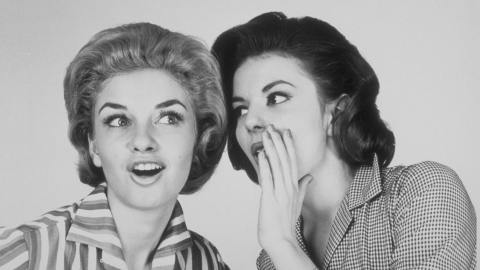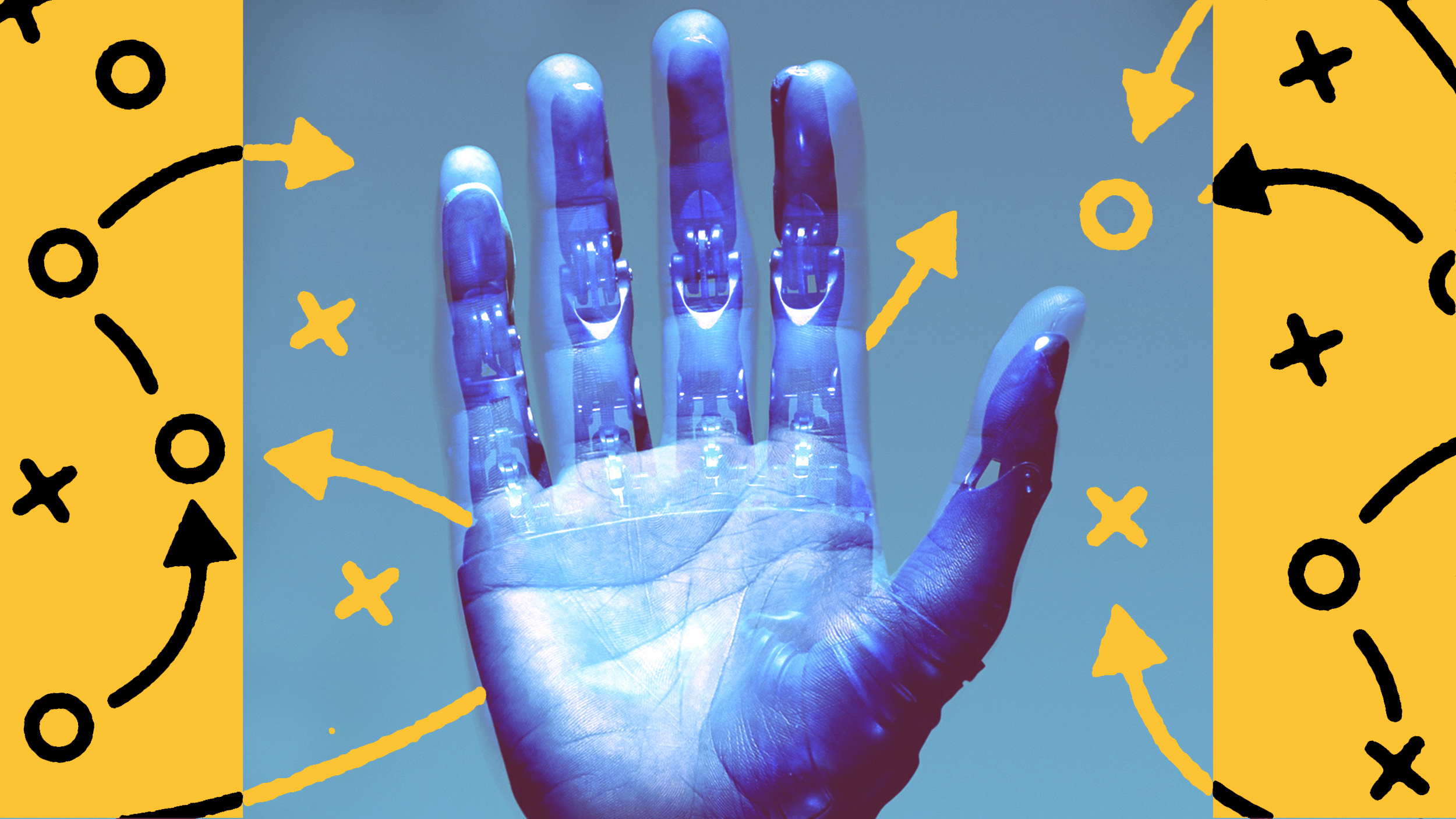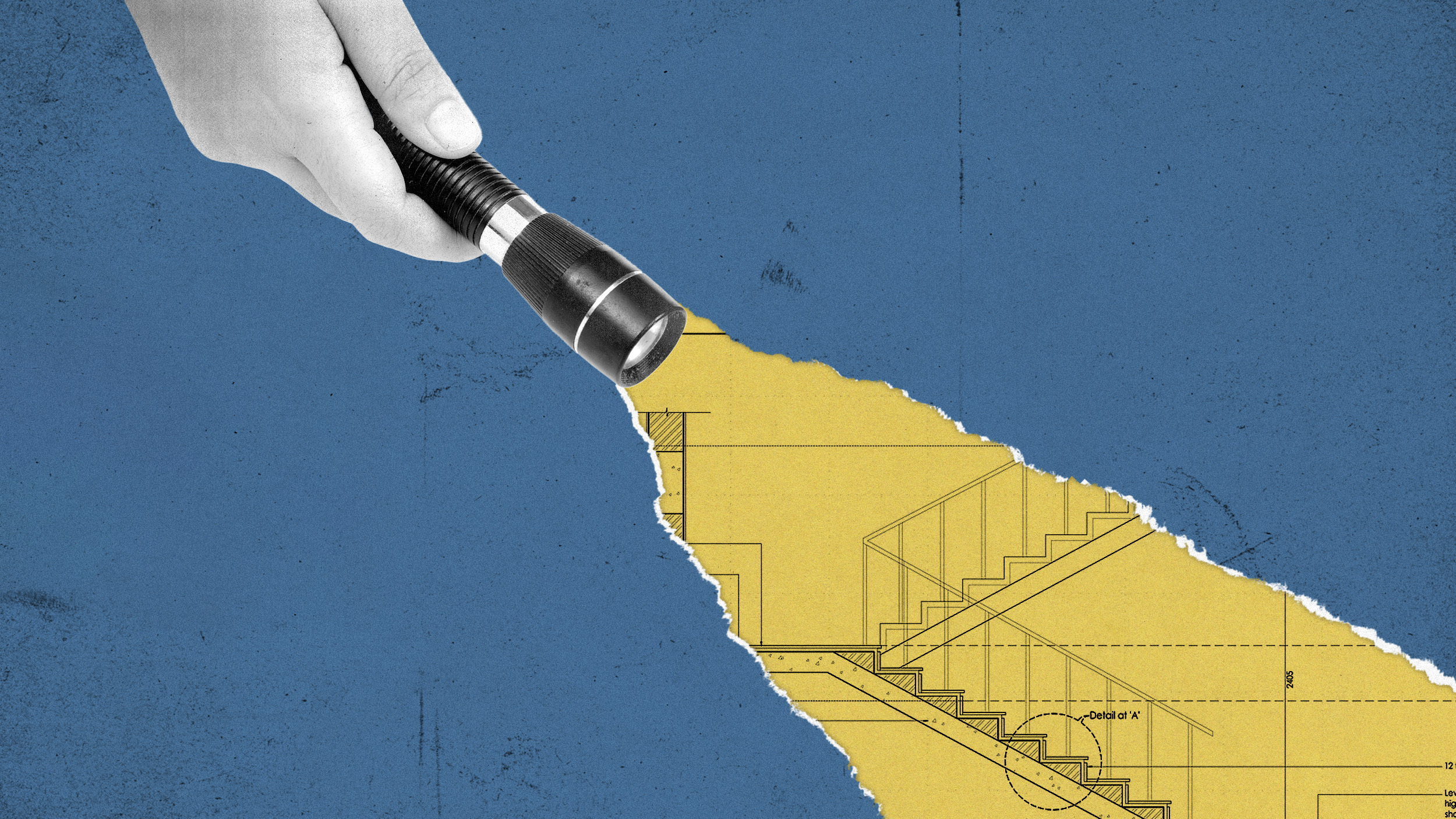How brand evangelists can provide the ultimate word-of-mouth advertising

Any business owner wants to make sure they’re giving their customers an ideal experience. Not only are happy customers more likely to be repeat customers, but they can serve as advocates for your brand. According to research in the Journal of Advertising Research, 75 percent of discussions about brands take place face-to-face, and 50 percent of consumers report feeling likely to buy when a friend or family member talks to them about a given brand. Those numbers are nothing to sneeze at.
For Chip Conley, founder and former CEO of Joie de Vivre boutique hotels, word-of-mouth marketing was critical to his success. “We’re almost a three-hundred-million-dollar-a-year company,” says Conley in his Big Think+ video, “and we spend less than fifty thousand dollars a year in traditional advertising. That’s because it’s very driven by word of mouth.”
Spreading the good word
Word-of-mouth marketing is attractive to any individual hoping to draw more customers to their business, but not all forms of word-of-mouth marketing are created equal. Ideally, you want your customers to be wildly enthusiastic about your product or service: You want to turn your customers into brand evangelists.
“I’m not talking about religious, evangelical,” says Conely, “I’m talking about customers who go out and tattoo the logo of the company on their body, which is like Harley Davidson.”
Harley Davidson serves as an excellent example of the power of brand evangelism. Harley Davidson had nearly gone bankrupt in the 1980s — they couldn’t keep up with Japanese manufacturers. Rather than play a losing game, Harley Davidson chose to invest in their customer community. They established the Harley Owners Group (HOG) and emphasized the lifestyle that comes with riding a Harley Davidson motorcycle. The future of the company wasn’t secured by trying to beat Japanese manufacturers but by turning their customers into evangelists.
How can you win brand evangelists?
But inculcating this kind of enthusiasm in your customers isn’t easy. Part of what makes evangelists of any given brand so excited about a product or service is that they consider it to be part of their identity. To some extent, members of HOG aren’t just people who own Harley Davidson, they’re Harley Davidson owners. The same holds true for other brands with evangelical supporters, like Apple or Nike.
How do you create an experience for your customer that makes them feel like that product or service is part of their identity? Or, as Conley puts it, “How do you do it in a way where everybody feels, ‘I got something that was meant for me?’”
Conley turned his attention to the field of positive psychology and found a way to encourage customers to become brand evangelists through Maslow’s hierarchy of needs. Hotel rooms work as a form of shelter, satisfying one of the lower levels of Maslow’s hierarchy, but if you want to gain a brand evangelist, that hotel room also has to serve as a self-actualizing experience for the customer, one that the customer feels like was meant for them. If your product or service is part of the identity that your customer wants to have, then you’ll have a brand evangelist.
For more insights into how you can encourage brand evangelism, watch Conley’s Big Think+ video below.




